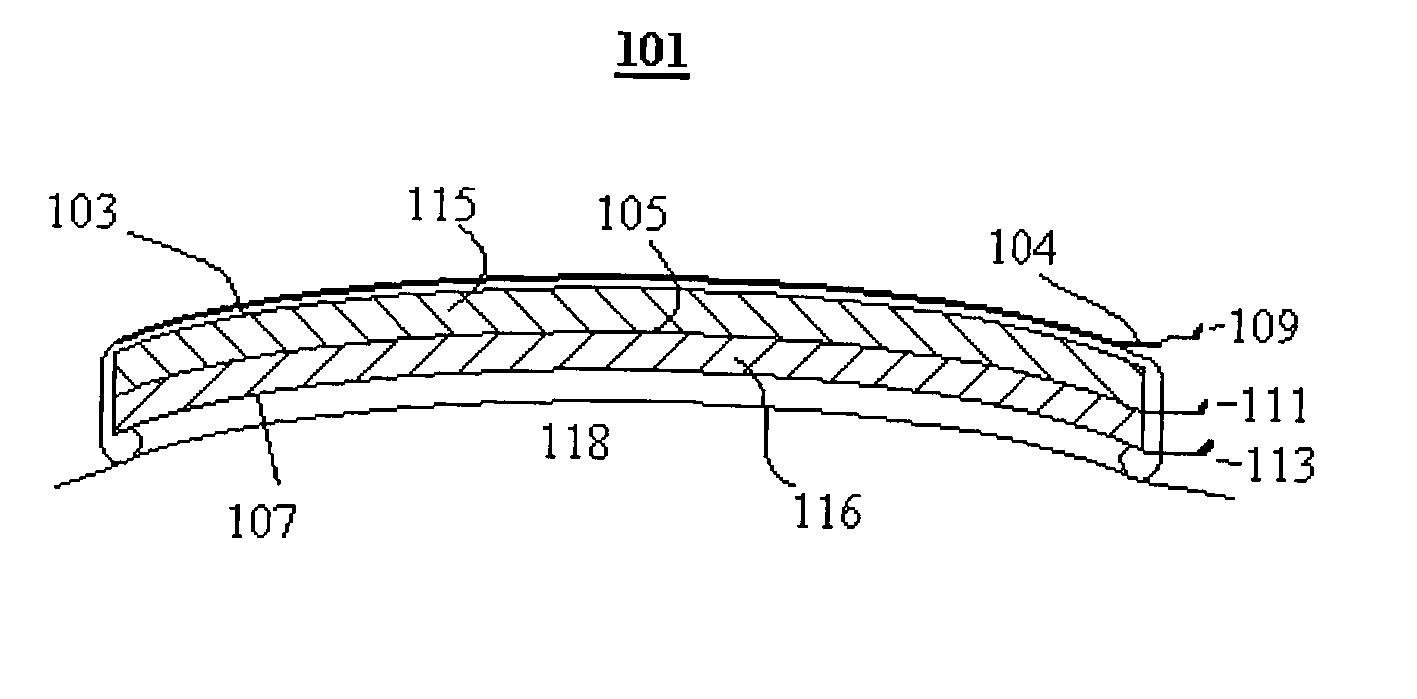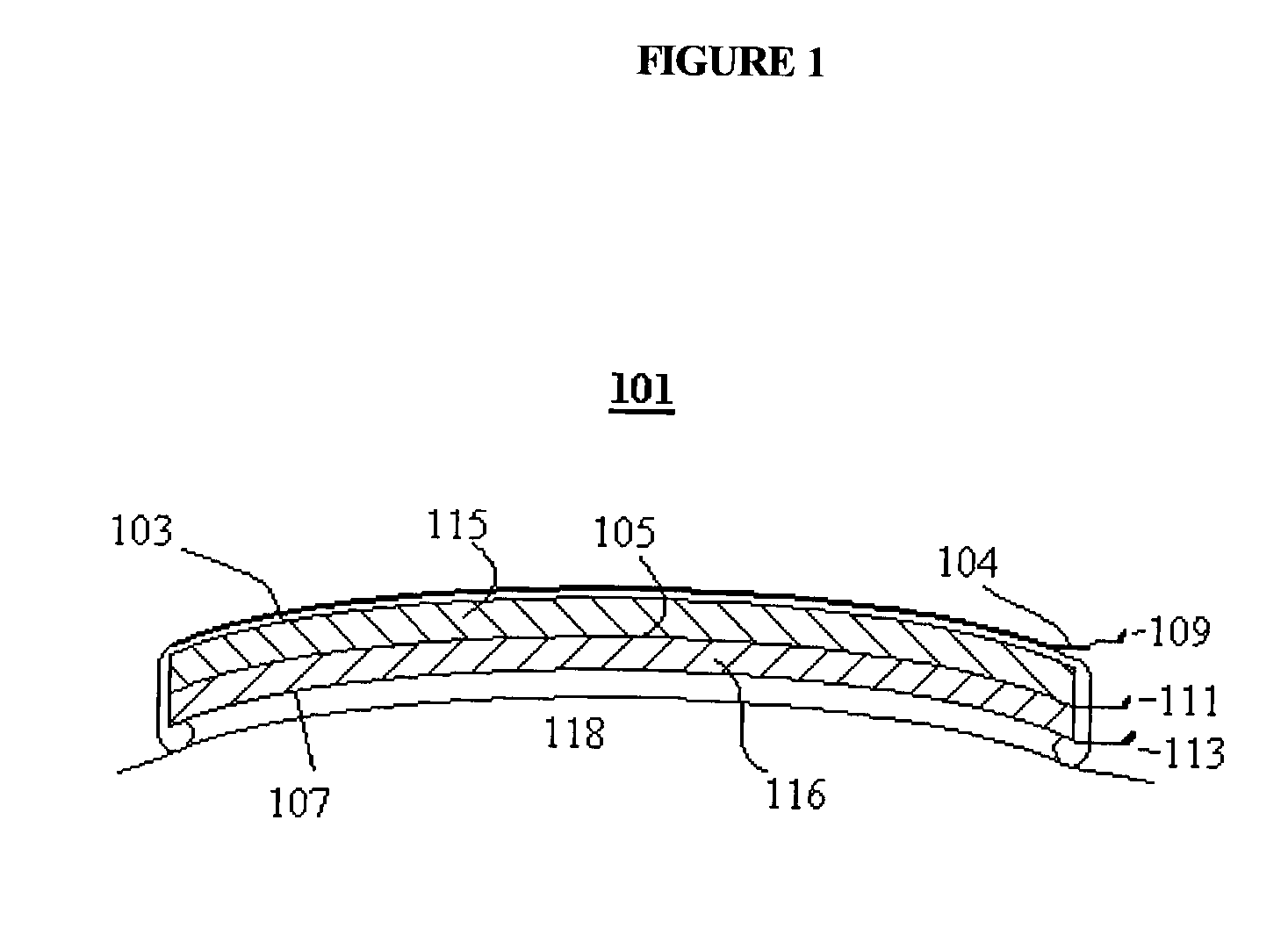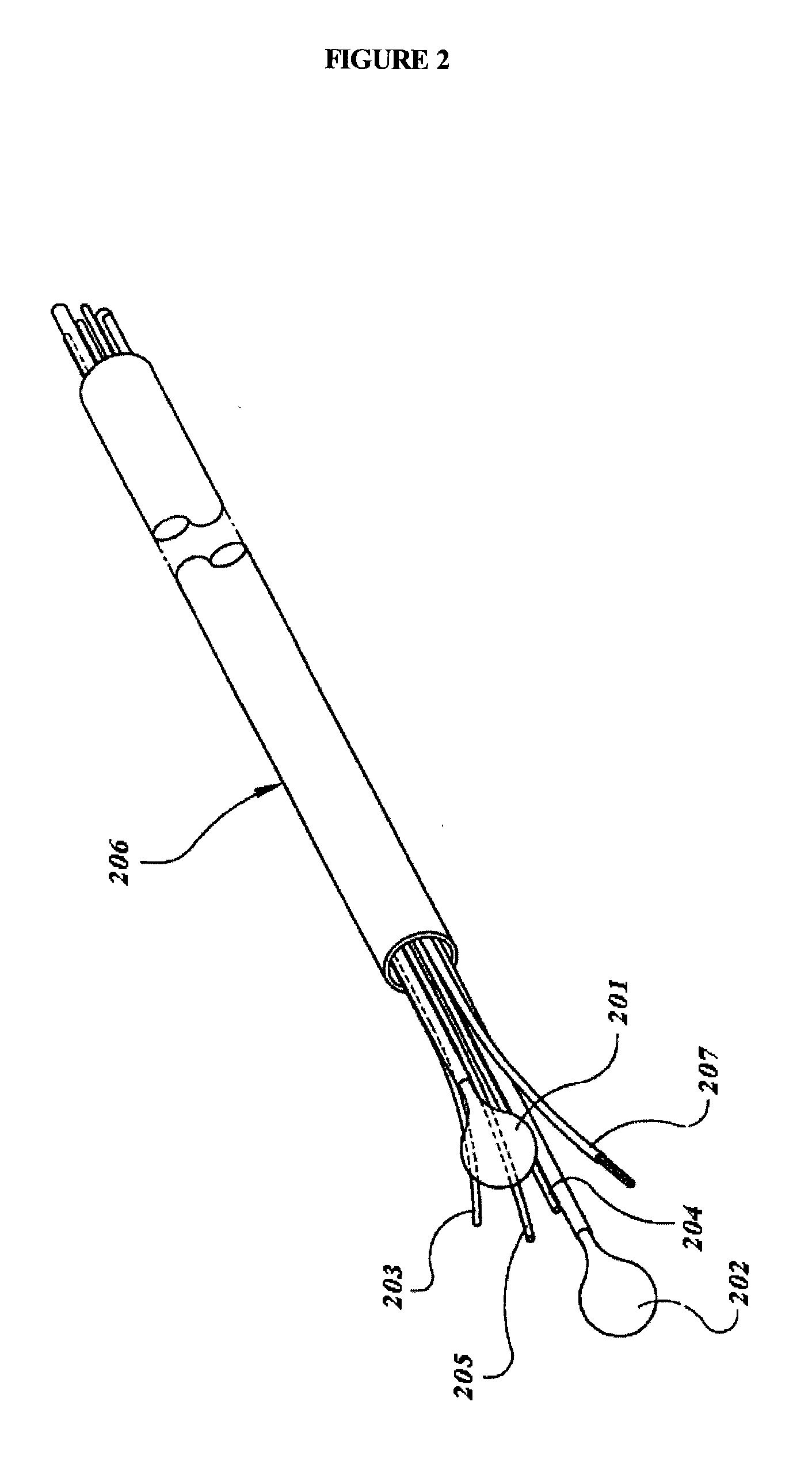Locally confined photodynamic treatment for diseased tissue
a tissue and photodynamic treatment technology, applied in the field of local confined photodynamic treatment of diseased tissue, can solve the problems of not teaching the spraying of gels or thermosetting gels onto the treatment site, inefficiency and time-consuming, and the invention is limited to external areas of the skin, so as to achieve efficient uptake of active components.
- Summary
- Abstract
- Description
- Claims
- Application Information
AI Technical Summary
Benefits of technology
Problems solved by technology
Method used
Image
Examples
example 2
Diagnosis of Skin Diseases
[0053] The pharmaceutical composition was prepared with Lutrol and 5-aminolevulinic acid (ALA) in water. The thermosetting gel was prepared with 17.9% Lutrol in water by stirring under cooling. It was shown that the viscosity of the gel increased with increased concentrations of ALA. Several concentrations in the range of 2 to 40% (w / w) ALA were tested by detecting the fluorescence of protoporphyrin IX on skin. A concentration of 2% ALA only showed very low fluorescence on healthy skin areas compared to diseased skin areas. In general, the fluorescence was very low for this concentration. Therefore, for clinical studies a concentration of ALA of 10% was used, and the duration of incubation was reduced compared to the therapeutic approach (see example 3). The fluid was sprayed onto the areas of the skin to be examined to achieve an even distribution of the active component on a broad area, and the thermosetting gel became highly viscous upon contact with the...
example 3
Treatment of Basal Cell Carcinoma and Actinic Keratosis of the Skin
[0054] The pharmaceutical composition was prepared as described in Example 2. A concentration of 2% ALA only showed very low fluorescence on healthy skin areas compared to diseased skin areas. This is desirable for therapeutic use, however with the low content of ALA one cannot be sure that the active composition penetrates deep enough into the tissue. Therefore and because of the increased viscosity of the gel, higher concentrations of ALA are preferred for therapeutic use. With a concentration of 10% ALA, significantly enhanced fluorescence could be detected which was not significantly increased by concentrations of ALA of 20 or 40%. For the clinical studies, the Lutrol gel with 10% ALA, dissolved directly before use, was applied for 2 hours under light protection. Then the gel was removed and the incubation continued for an additional 2 hours. Lastly, the treatment areas were irradiated at 633 nm with an energy de...
example 4
Treatment of Diseased Tissue at the Uterine Cervix
[0055] Treatments of diseased cervical tissue can be performed in a similar fashion as the above examples. ALA is incorporated into gels that are then introduced into the diseased portion of the cervix. In addition to the gel's high viscosity, additional measures are employed to enhance the tendency of the gel to remain localized. In a preferred embodiment, a rubber cup similar to a contraceptive cervical diaphragm is placed in the cervix to further restrict the composition. In another preferred embodiment, a moist dressing especially designed for mucosal surfaces is utilized. After a sufficient uptake period, the additional localization measure and the gel is removed.
PUM
| Property | Measurement | Unit |
|---|---|---|
| Viscosity | aaaaa | aaaaa |
| Size | aaaaa | aaaaa |
| Flexibility | aaaaa | aaaaa |
Abstract
Description
Claims
Application Information
 Login to View More
Login to View More - R&D
- Intellectual Property
- Life Sciences
- Materials
- Tech Scout
- Unparalleled Data Quality
- Higher Quality Content
- 60% Fewer Hallucinations
Browse by: Latest US Patents, China's latest patents, Technical Efficacy Thesaurus, Application Domain, Technology Topic, Popular Technical Reports.
© 2025 PatSnap. All rights reserved.Legal|Privacy policy|Modern Slavery Act Transparency Statement|Sitemap|About US| Contact US: help@patsnap.com



